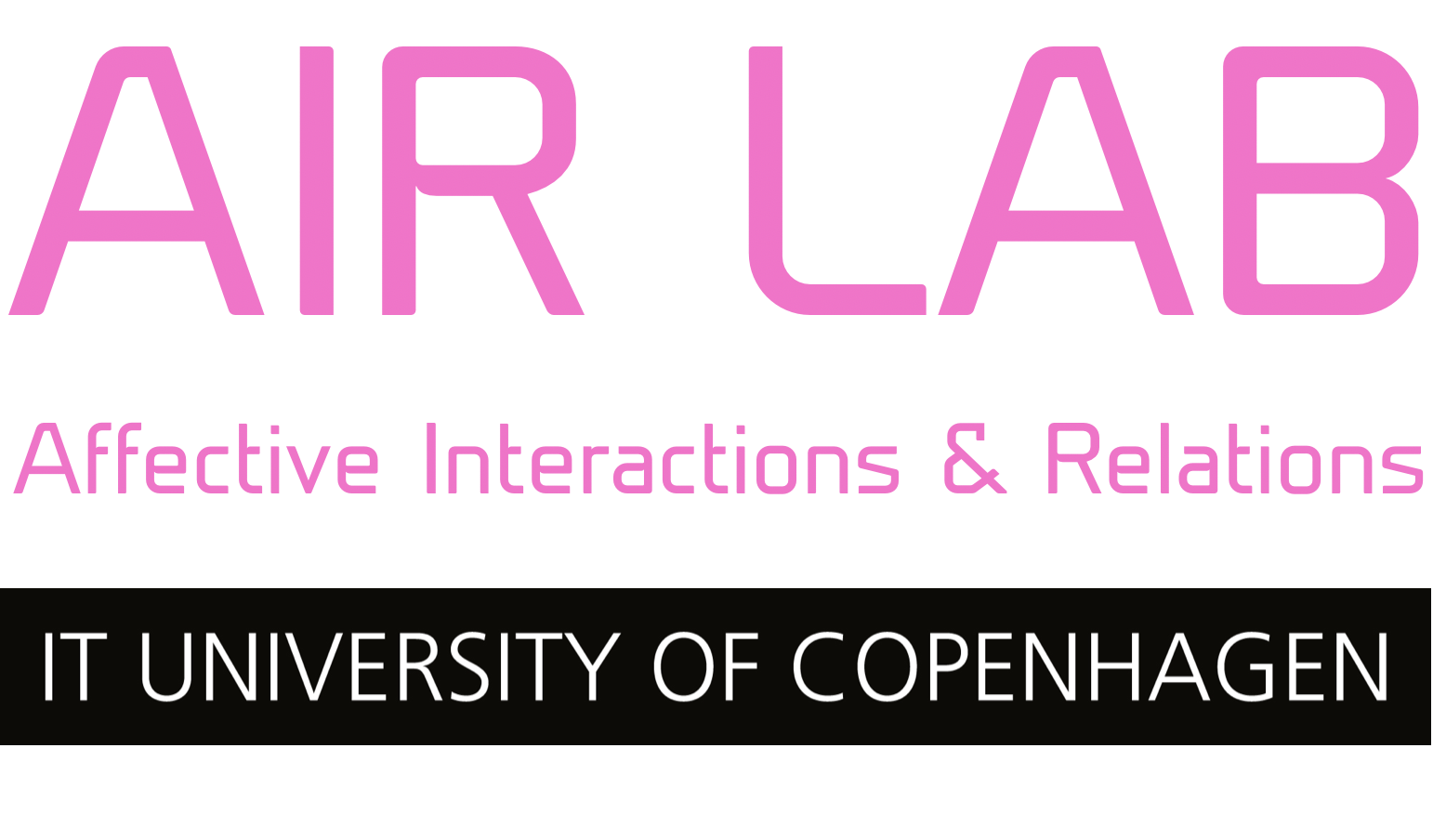The HoloLens 2 is a mixed-reality/augmented-reality headset, released by Microsoft in 2019. Microsoft recommends tools such as Unity, Unreal, and Vuforia to create mixed-reality experiences in both 2D and 3D, that can be run by the HoloLens. The HoloLens features an inertial measurement unit (consisting of an accelerometer, a gyroscope, and a magnetometer), four “environment understanding” sensors, an energy-efficient depth camera with a 120°×120° angle of view, a 2.4-megapixel video camera, a four-microphone array, and an ambient light sensor. It also features both the ability to do hand-tracking and eye-tracking. Commercially, it is commonly used by electricians, and those wokring in construction – fields where adding a layer of technical details on top of reality can be of great value.
About the Hololens in AIRLab
As we only currently have one Hololens, it’s not available for borrowing like most of the other equipment in AIRLab. Instead, you’ll have to use it inside the lab.
To experience how the Hololens can be used, we recommend the demo-apps “galaxy explorer” (impressive spatial AR) or Graffiti 3D (3D drawing app).
To make projects with Hololens, we reccommend using MRTK3 (3rd generation of Microsoft Mixed Reality Toolkit for Unity). A basic tutorial can be found here.
If you’re interested in using the Hololens for a project and want to learn about the possibility of getting lab-access during closed hours, please contact the lab manager.
Contents
- PSU
- USB C
- Cloth
Links
An introductory guide to developing applications for HoloLens 2
Getting started with the Hololens
